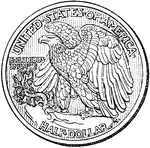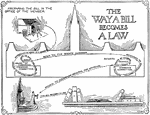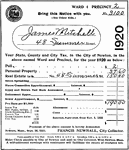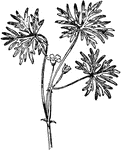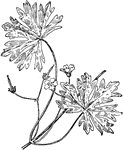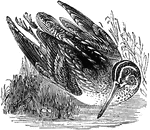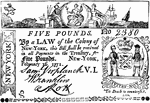
Paper Money, Five Pounds Bill, 1771
Five Pounds (5 pounds) New York currency from 1771. Image is the Coat of Arms of New York City. Beneath…

Paper Money, Half Dollar Bill, 1775
Half Dollar (50 cents) New York currency from 1775. Image is the Coat of Arms of New York City.
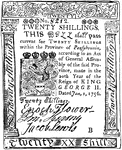
Paper Money, Twenty Shillings Bill, 1756
Twenty Shillings Bill (20 shillings) Pennsylvania currency from 1756. Image is the Coat of Arms of William…

Paper Money, Eight Shillings Bill, 1777
Eight Shillings Bill (8 shillings) Pennsylvania currency from 1777. Frame, arms and value printed in…
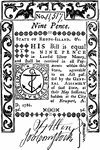
Paper Money, Nine Pence Bill, 1786
Nine Pence (9 pence) Rhode Island currency from 1786. Image shows an anchor surrounded by the inscription…

Paper Money, Five Dollars Bill, 1776
Five Dollars ($5) South Carolina currency from 1776. Image of a horse surrounded by the inscription…
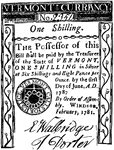
Paper Money, One Shilling Bill, 1781
One Shilling (1 shilling) Vermont currency from 1781. Image of thirteen rings surrounded by the inscription…
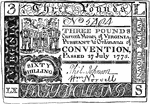
Paper Money, Three Pounds Bill, 1775
Three Pounds (3 pounds) Virginia currency from 1775. Copper-plate notes as illustrated, each value different.
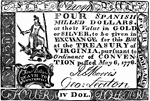
Paper Money, Four Dollars Bill, 1776
Four Dollars ($4) Virginia currency from 1776. Image is the new Coat of Arms for the State of Virginia.
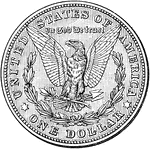
Dollar Coin
Reverse side of American one dollar coin depicts an eagle with its wings spread holding arrows over…
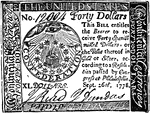
Continental Money
This forty dollar promissory note was a Continental paper bill that held almost no value during the…
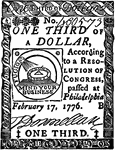
Continental Money
This third dollar promissory note was a Continental paper bill that held almost no value during the…
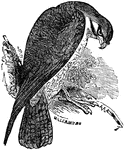
The Falcon
"The Falcon is a famous bird of prey. It is characterized by a bill curved from the base."
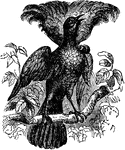
Promerops Superba Bird
" A genus of insessorial birds many of which are remarkable for the beauty of their plumage. They have…
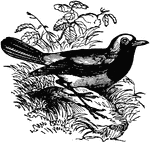
Redstart Bird
A bird belonging to the family Sylviadae, nearly allied to the nearest, but having a more slender form…
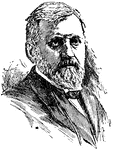
William Boyd Allison
(1829-1908) American lawyer and senator famous four framing the Bland-Allison silver bill of 1878. US…

Omnibus Bill of 1850
The illustration contains an explanation of the Omnibus Bill or Compromise of 1850. Although one bill,…
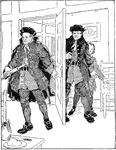
Treasure Island
The stranger, Black Dog hiding himself and Jim from Bill, the captain in Treasure Island by Robert Louis…

Hawk's-Bill Turtle
"Much of the tortoise-shell of commerce comes from the Green Turtle, but by far the finest is produced…
Neck-Covert
"From the head, backward to the tail, the body feathers increase in strength and size, also alter in…

Tail-Covert
"From the head, backward to the tail, the body feathers increase in strength and size, also alter in…

Bill of Eagle
"The beak or bill of birds is composed of two bony pieces, called mandibles, surrounded by a horny substance,…

Bill of Toucan
"The beak or bill of birds is composed of two bony pieces, called mandibles, surrounded by a horny substance,…
Bill of Cormorant
"The beak or bill of birds is composed of two bony pieces, called mandibles, surrounded by a horny substance,…
Bill of Crane
"The beak or bill of birds is composed of two bony pieces, called mandibles, surrounded by a horny substance,…

Bill of Goose
"The beak or bill of birds is composed of two bony pieces, called mandibles, surrounded by a horny substance,…

Bill of Sparrow
"The beak or bill of birds is composed of two bony pieces, called mandibles, surrounded by a horny substance,…

Bill of Cuckoo
"The beak or bill of birds is composed of two bony pieces, called mandibles, surrounded by a horny substance,…

The Shoveler
"The Shoveler is smaller than the common wild duck; it has a very long bill, with the upper mandible…

The Scissorbill
"Sometimes the Scissorbill is called the Cutwater. It is about the size of a pigeon."
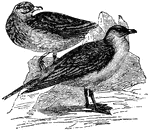
Buffon's Skua
"The Skua, or Dung-bird, is remarkable for its stout bill, which is nearly cylindrical. They fly very…

Water-Hen
"The chief characteristic of the Water-en is a short and strong bill. They are lively, graceful and…
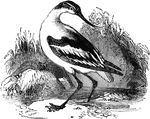
Pied Avocet
The Pied Avocet (Recurvirostra avosetta) is a large wader in the avocet and stilt family, Recurvirostridae…
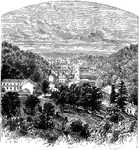
Hot Springs, Arkanasas
An view of Hot Springs, Arkansas which is nestled in a valley between two mountains. Hot Springs is…

Continental Draft
This is a thirty day sight draft bill of exchange for $24 / 120 livres tournois from the Continental…
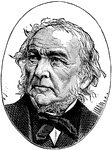
William Ewart Gladstone
William Ewart Gladstone (29 December 1809 - 19 May 1898) was a British Liberal Party statesman and four…
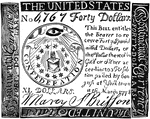
Facsimile of Counterfeit Continental Bill
Continental currency was a paper currency issued by the Continental Congress, after the Revolutionary…
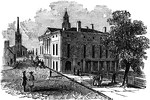
Federal Hall
Federal Hall, located at 26 Wall Street in New York City, was the first capitol of the United States…

John Trumbull
John Trumbull (June 6, 1756 – November 10, 1843) was an American artist during the period of the…
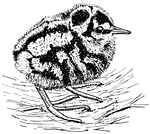
Young Woodcock
The woodcocks are a group of seven extant very similar wading bird species in the genus Scolopax, characterised…

Yellow-throated Vireo
The Yellow-throated Vireo, Vireo flavifrons, is a small American songbird. Adults are mainly olive on…
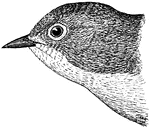
Nashville Warbler
The Nashville Warbler, Vermivora ruficapilla, is a small songbird in the New World warbler family. They…

White-breasted Nuthatch
The White-breasted Nuthatch (Sitta carolinensis) is a small songbird of the nuthatch family which breeds…
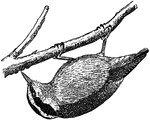
Red-breasted Nuthatch
The Red-breasted Nuthatch, Sitta canadensis, is a small songbird. Adults have blue-grey upperparts with…

Brown Creeper
The Brown Creeper (Certhia americana), also known as the American Tree Creeper, is a small songbird,…
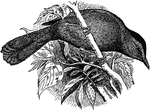
Gray Catbird
The Grey Catbird (Dumetella carolinensis) is a medium-sized northern American perching bird of the mimid…

Yellow-throat Vireo
The Yellow-throated Vireo, Vireo flavifrons, is a small American songbird. Adults are mainly olive on…
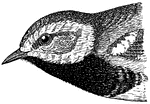
Black-throated Green Warbler
The Black-throated Green Warbler, Dendroica virens, is a small songbird of the New World warbler family.…
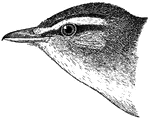
Red-eyed Vireo
The Red-eyed Vireo, Vireo olivaceus, is a small American songbird, 13-14 cm in length. It is somewhat…
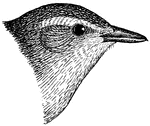
Warbling Vireo
The Warbling Vireo, Vireo gilvus, is a small songbird. Adults are 12 cm long and weigh 12 g. They are…
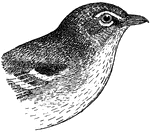
Yellow-throated Vireo
The Yellow-throated Vireo, Vireo flavifrons, is a small American songbird. Adults are mainly olive on…
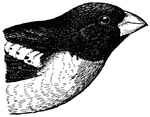
Rose-breasted Grosbeak (Male)
The Rose-breasted Grosbeak, Pheucticus ludovicianus, is a large seed-eating bird in the cardinal family.…
